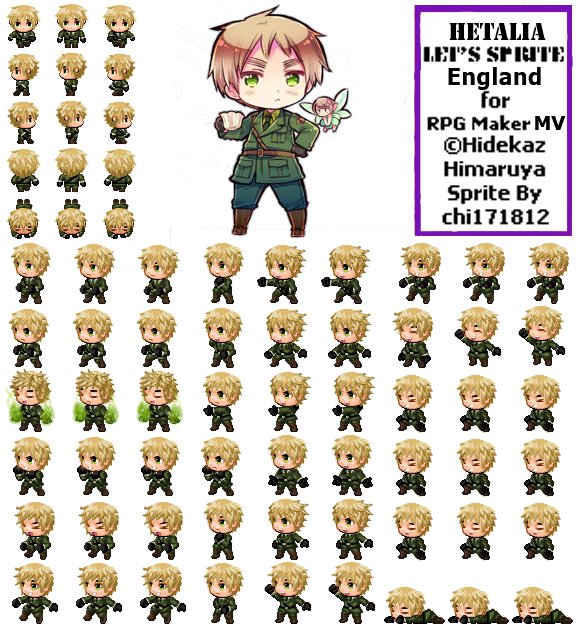
In addition, you can’t put sprites with different cell heights in one sprite sheet. (This is when the “$” is used, and this is primarily for singular sprite sheets) 1st row is down movement, 2nd row is left, 3rd row is right, and 4th row is facing up. The way you can use those is up to you, but if you look at the default sprites this shows an example of how the program reads them. Rpgmaker’s sprites are supposed to have 12 equal cells split into 4 rows and 3 columns. It's a fairly complicated system but it should do exactly what you want to do.Undertale was not made in rpgmaker so the way those sprites have been formatted are not compatible with the way rpgmaker reads sprites. Easy to check when you hit up the little ground events next to the start that change which actor you're controlling. You should notice that it gives actor 2 the head of actor 3. If you do that mod in the demo and add this event. Should make it easier to set up events that transform specific party members, all you'd need to do is set up all the lines for the various composite parts for each option then run the correct conditional branch in an event. Now you can use variable 1 to determine the actor id on the actor add/remove tags instead of those pain in the ass tags that require you to set it all up individually. When 'A' then actor = $game_actors != 0 ? $game_variables : 1] If you use that, just go down to line 903 in the script and replace.

The linked script appears to have instructions on how to change the graphics on demand so I guess I don't need to bother with modifying the script which would have been a huge pain in the ass. Of course, it may get a little complicated when you want to swap them around but that's just how things go. 20 heads and 20 bodies is a lot easier than making 400 sprite sheets. No need to make a unique sprite for every single combination possible. You can handle this through scripting and use individual body parts like you'd save in Game Character Hub, too. Then when it's exported, it is a single drawing, but you still have those separate sheets saved in another place if you need them again. I might be making it sound difficult, but try imagining each layer as a transparent sheet (like they used to use in projectors) You can see what you've drawn on each one, and it looks like a single drawing when they're lined up.

And in a single GIMP file, I still have all the parts.
Then I turn the body I just used invisible, and make the next body visible (same head still visible this time) and export that one.So now I have one character in two different outfits, saved as separate character sheets. To make images to use, I make the head layer visible, and one of the body layers visible (this takes just one click). They're all separate, but saved in the same GIMP file. It's like this: I make the heads on one layer, a body on another layer, and a third body on a third layer.


 0 kommentar(er)
0 kommentar(er)
